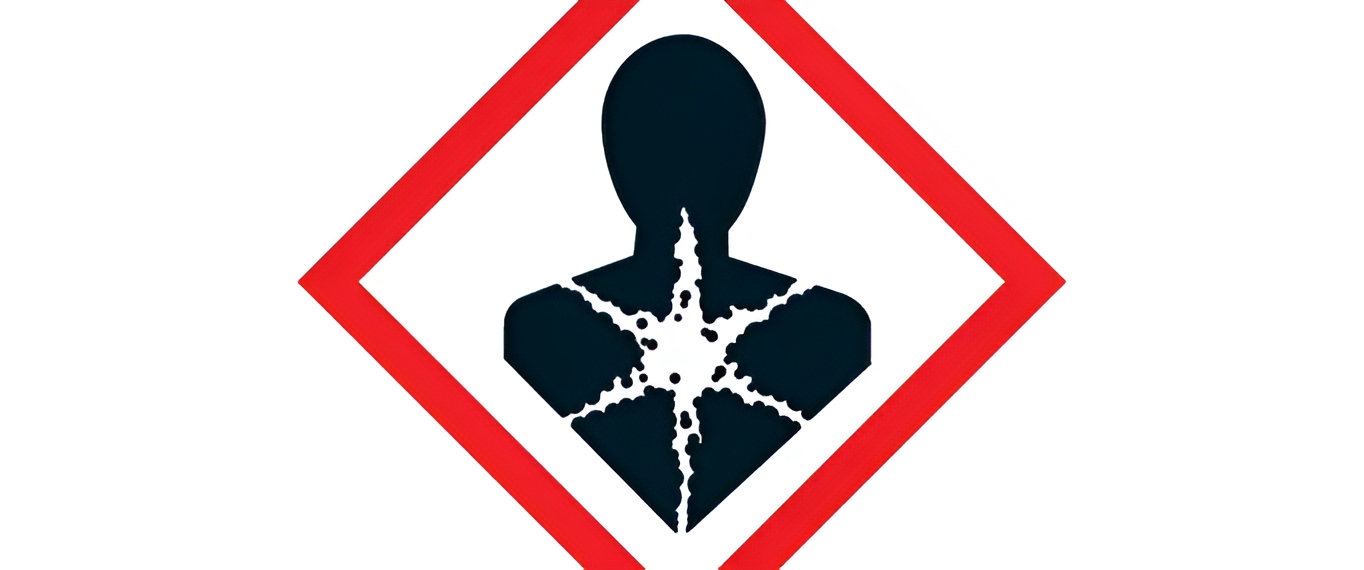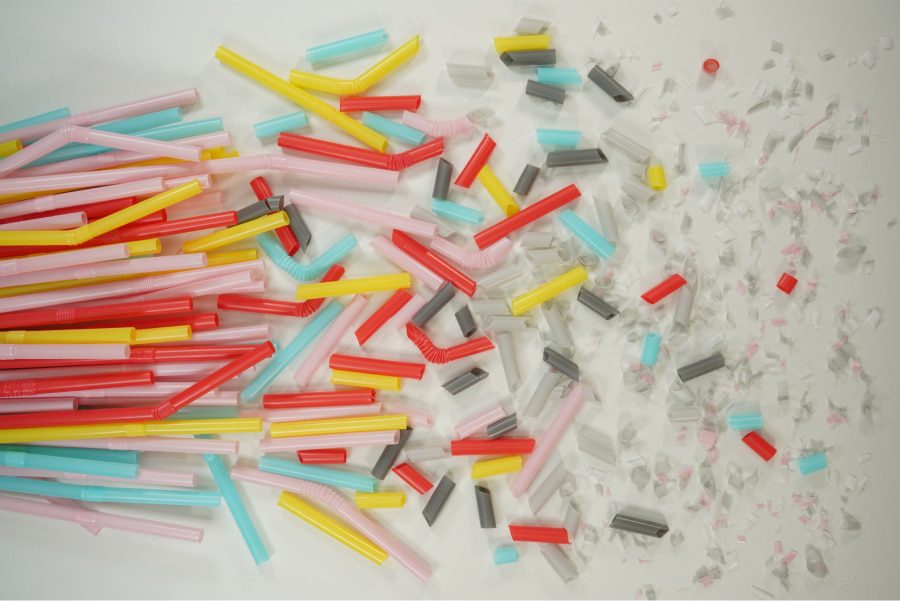What is a Cosmetic Product Information File (PIF)?
A Cosmetic Product Information File (PIF) is a legally required dossier under EU Cosmetics Regulation 1223/2009 that documents the safety and compliance of a cosmetic product. It contains a product description, safety reports (Parts A and B), manufacturing details, efficacy evidence, and animal testing declarations.
PIFs must be maintained by the Responsible Person for 10 years and be available to authorities upon request.
The regulation allows the PIF of cosmetic products to be stored in any format, including electronic, rather than physically at the address on the product label.
This guide explains the purpose and components of a Cosmetic Product Information File (PIF), how it ensures the safety and regulatory compliance of cosmetic products in the EU and UK, and the role of the Responsible Person and qualified safety assessor.
It also covers documentation requirements, preparation standards, and considerations for managing PIFs efficiently and accurately.
What Are the Main Components of a Cosmetic Product Information File (PIF)?
The PIF cosmetic dossier must be prepared in the language of the country where the product is sold, or for international markets, in a language accessible to local authorities, typically English.
The PIF can be maintained in either paper or electronic format and must be regularly updated to reflect any formulation changes, regulatory updates, or recorded undesirable events associated with the product’s use.
The cosmetic PIF model consists of:
- Description of the product that allows the documentation to be uniquely related to the product;
- Product safety report (Part A and Part B);
- Description of the manufacturing method and declaration of compliance with GMP;
- Any evidence of efficacy of the effects claimed by the product;
- Any data regarding animal testing or a declaration about the non-use of animal testing.
The information contained in the cosmetic Product Information File is confidential in nature. Consumers and the public can only access elements of the PIF as regulated by art. 21 of EU Reg. 1223/2009 in the reciprocal protection of the health and safety of the consumer and the intellectual property of the manufacturer.
What Documentation is Required to Create a PIF?
The most important and substantial part of the PIF documentation is the cosmetic product safety report, which consists of two parts: Part A, which provides information on the safety of cosmetic products, and Part B, which focuses on the safety assessment of these products.
Part A includes details on the qualitative and quantitative composition of the products, their chemical and physical characteristics, and relevant stability studies. Additionally, it evaluates microbiological safety, supporting tests, any traces or impurities, packaging information, and the normal and reasonably foreseeable use of the cosmetic.
The application location of the product, the area of extension, the quantity to be applied, and instructions on how and how often to use it must also be considered.
The toxicological profile of the substances contained in the product is evaluated, focusing on local toxicity phenomena such as skin irritation, ocular irritation, photo-induced toxicity in cases of UV radiation absorption, and any undesirable effects.
Based on the available information, the safety assessment of the cosmetic product, which constitutes Part B of the safety report, is conducted. This assessment highlights any necessary warnings and instructions for use on the label. Additionally, an explanation of the scientific rationale for the assessment may be included.
How Much Does it Cost to Draft a Cosmetic Product Information File?

The cost of creating a cosmetic PIF can vary significantly based on the complexity of the product formulation and the fee charged by the safety assessor responsible for this task. Costs can range from a few hundred euros to several thousand euros. It’s important to note that the quality of the work does not always correlate with the cost of drafting the PIF.
Therefore, it is advisable to engage qualified and trusted professionals who specialise in legal and regulatory cosmetic advice. The Responsible Person must ensure that the individuals preparing the documentation meet all necessary requirements, as will be discussed further.
Who Performs the Safety Assessment For a PIF?
The Responsible Person is therefore responsible for producing the safety assessment of cosmetic products or having it produced on his behalf by a suitable cosmetic safety assessor. Check our services page describing the EU cosmetics registration process.
What Qualifications Are Needed For a Cosmetic Safety Assessor?

The safety assessment of cosmetic products must be conducted by individuals who possess diplomas or other documents verifying formal qualifications obtained through the completion of theoretical and practical university courses in fields such as pharmaceuticals, toxicology, medicine, or similar disciplines. Alternatively, qualifications that are recognized as equivalent by a Member State are also acceptable.
While various guidelines and resources for drafting a PIF can be found through online searches, the most reliable approach is to consult the advice provided by European Authorities or seek the expertise of a competent regulatory firm. The guideline for creating the PIF is provided by the SCCS, currently in its 12th revision.
Although there is an abundance of suggestions available, examples of cosmetic dossiers are relatively scarce due to the specific requirements outlined in EC Regulation 1223/2009.
The PIF is not simply a checklist of technical documents or data to be maintained, such as safety data sheets for raw materials, chemical and physical characteristics, or microbiological analyses of the finished product.
Instead, the PIF requires a reasoned and scientifically justified report that considers every aspect of the finished product. This includes the production phase, the materials used for the container, the type of primary packaging, and the toxicological and toxicokinetic information of the ingredients, all in relation to the type and method of use of the finished product.
Each cosmetic product is, therefore, a unique case that must be analysed in light of its various complexities. The Safety Assessor must justify every decision made, supported by rational and scientific evidence.
It is clear that due to the specificity of the dossier, it is challenging to define a general cost for a PIF of a cosmetic product. The economic and resource commitment required varies significantly depending on the type of cosmetic and the information available about the product.
While there is software available that can generate PIFs based on user-inputted product data, the resulting report may not be comprehensive and often requires further evaluation and input from a subject matter expert.
In summary, this difficulty in standardisation is why it is almost impossible to find examples of cosmetic dossiers applicable to a wide range of products. The logical evaluation choices for one product may not be relevant to another, even if they belong to the same cosmetic category.
Why is Professional Expertise Essential When Preparing a PIF?
The drafting of a PIF is a complex process that requires a thorough evaluation of every aspect of a given product. To ensure its accuracy and compliance, the supervision and expertise of a qualified professional are essential.
Do you have a product that requires this documentation? Contact us, and we will be happy to assist you in evaluating your product and ensuring its safety.
Key Takeaways on Cosmetic Product Information Files (PIF)
- A PIF is mandatory under EU Regulation 1223/2009 for all cosmetic products sold in Europe.
- It must include a product description, safety reports (Parts A & B), manufacturing details, efficacy evidence, and animal testing declarations.
- PIFs must be maintained by the Responsible Person for 10 years after the last batch and be available to authorities in paper or electronic format.
- Safety assessments must be conducted or supervised by a qualified cosmetic safety assessor with formal education in toxicology, medicine, pharmacy, or an equivalent discipline.
- The PIF is confidential, balancing consumer protection under Article 21 of the Regulation with intellectual property protection.
- Costs for drafting a PIF vary depending on product complexity, with comprehensive expert input required to ensure scientific justification for all safety decisions.
- Software-generated PIFs may assist in data collection but still require expert evaluation for completeness and regulatory compliance.
Frequently Asked Questions About Cosmetic Product Information Files (PIF)
What is a cosmetic product information file (PIF)?
A PIF is a dossier required under EU Cosmetics Regulation 1223/2009 containing all documentation needed to demonstrate a cosmetic product’s safety and regulatory compliance.
Who is responsible for maintaining a PIF?
The Responsible Person marketing the cosmetic product in Europe must compile, maintain, and update the PIF for 10 years after the last batch.
What documents must be included in a PIF?
A PIF includes: product description, safety reports (Parts A and B), manufacturing method and GMP compliance, evidence of product efficacy, and data or declarations on animal testing.
Who can conduct the safety assessment in a PIF?
Safety assessments must be performed or supervised by a qualified cosmetic safety assessor with formal education in toxicology, medicine, pharmacy, or equivalent recognised qualifications.
How long must a PIF be kept?
The PIF must be retained for 10 years following the production of the last batch of the cosmetic product and be readily available for inspection by authorities.
Can a PIF be maintained electronically?
Yes, EU regulations allow PIFs to be stored in electronic or paper format, provided they are accessible to authorities and kept up-to-date.
Is the information in a PIF public?
No. The PIF is confidential, but certain elements may be accessed by authorities under Article 21 of the Regulation to protect consumer health and safety.



